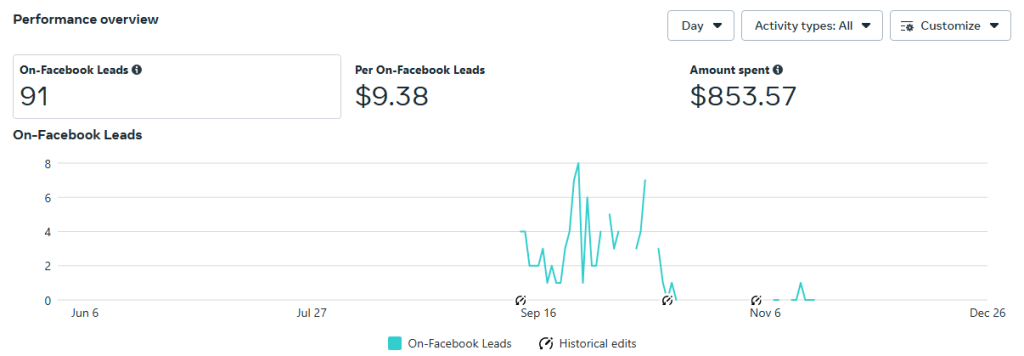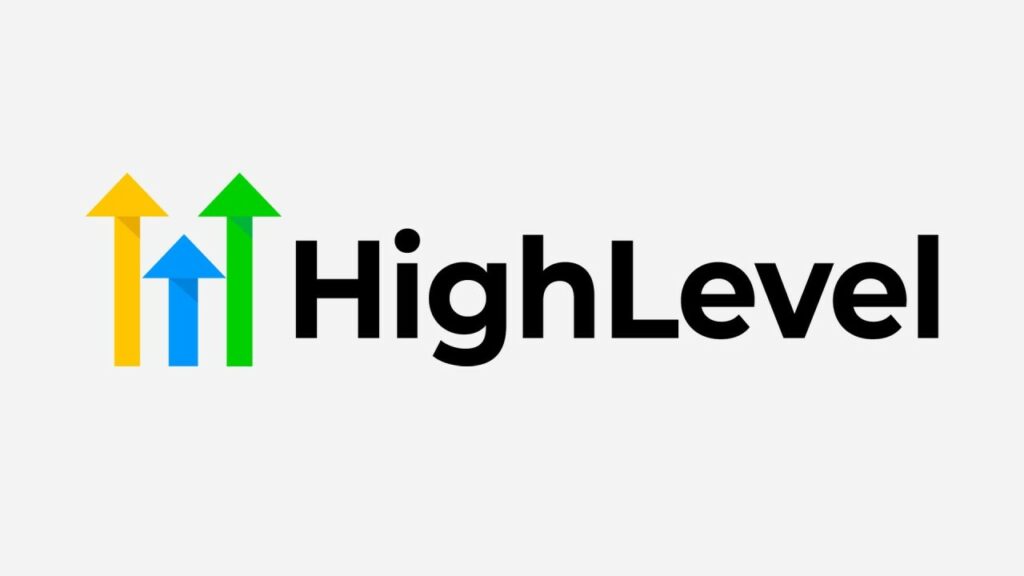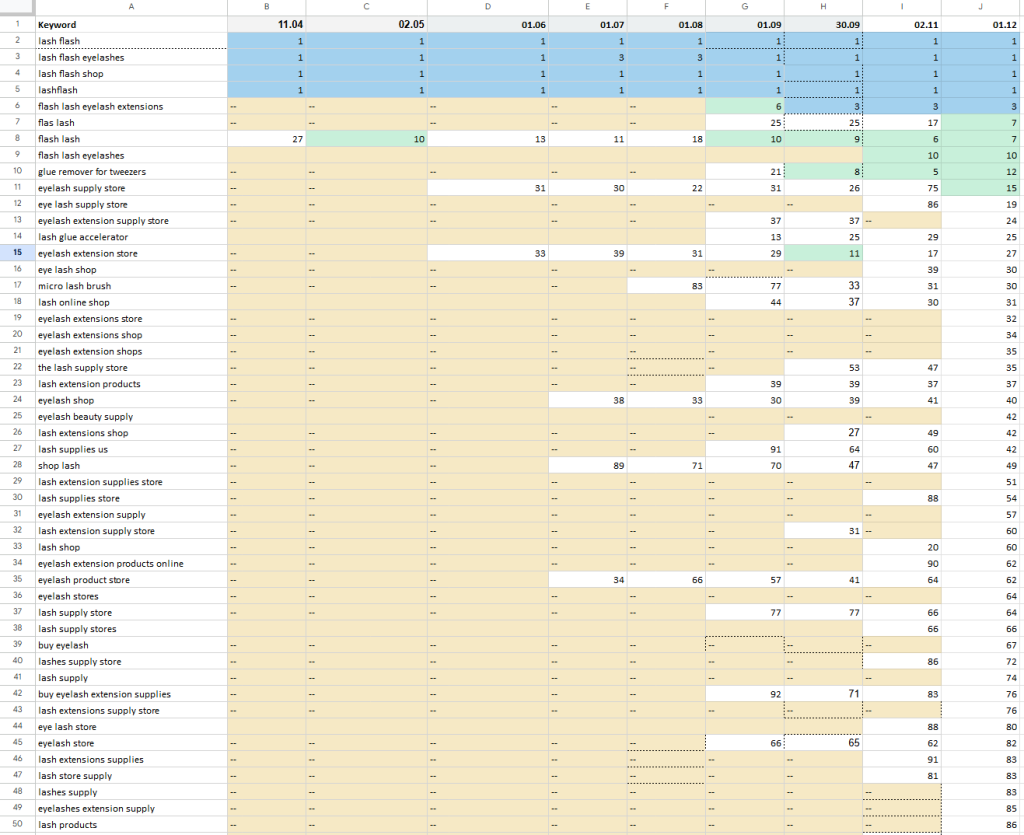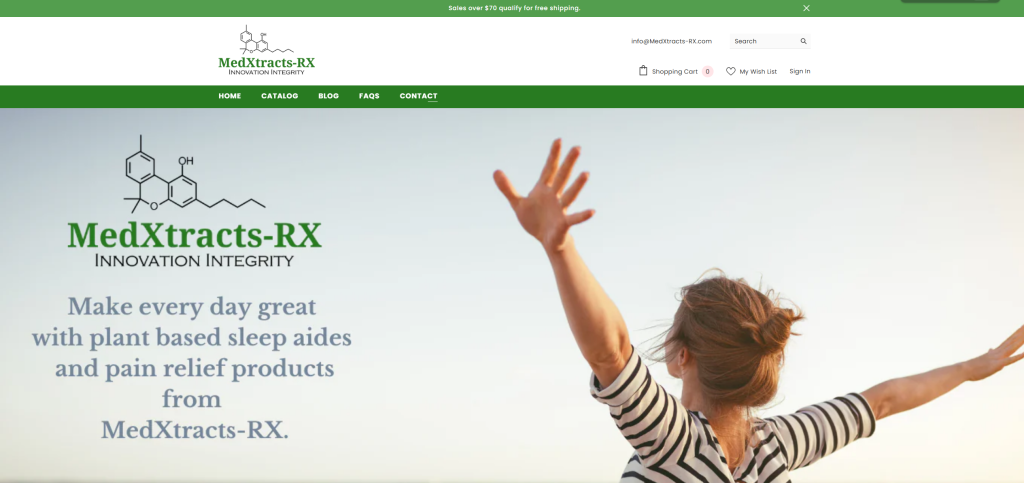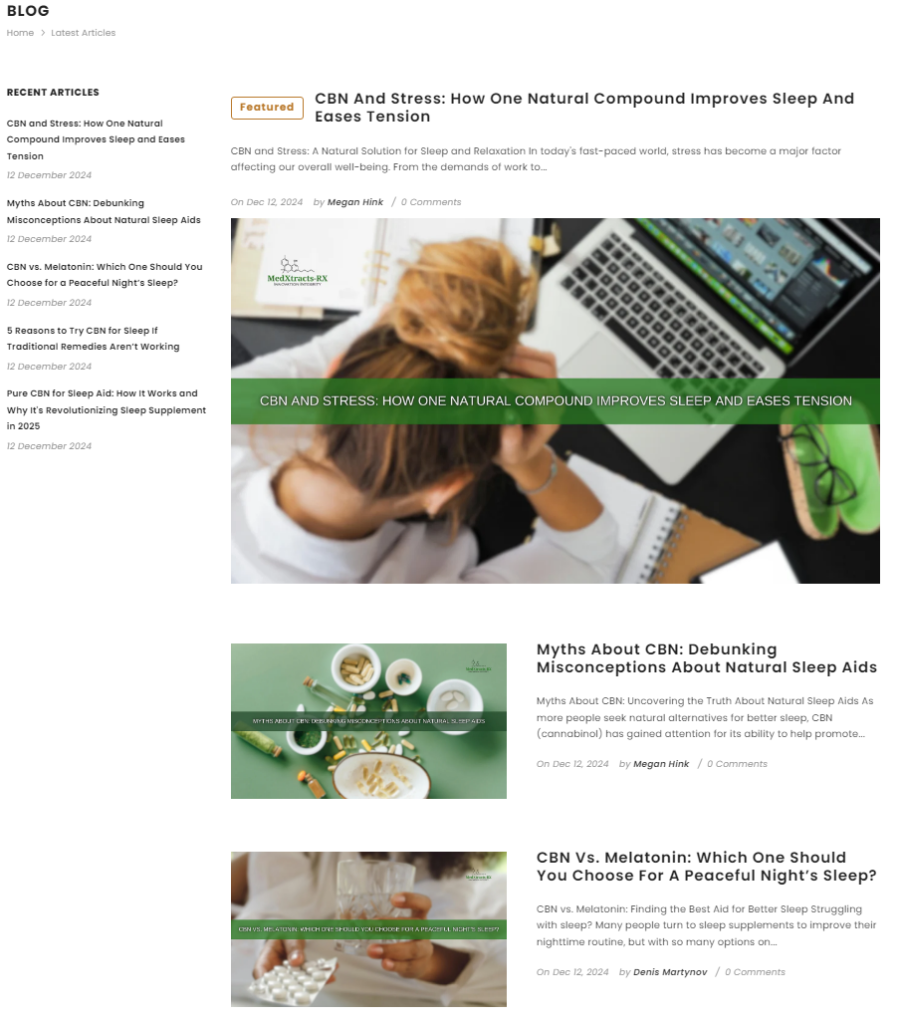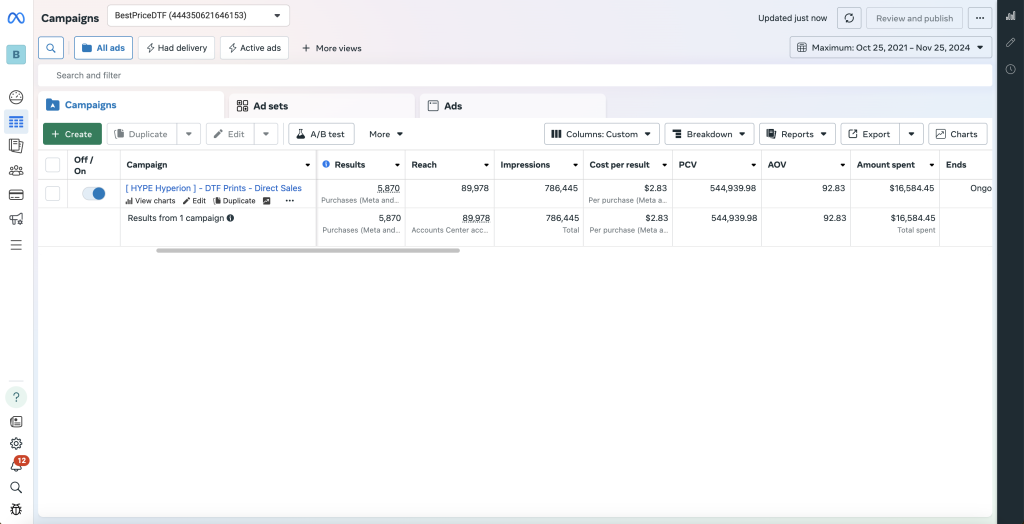Attracting clients in a highly competitive field like commercial photography requires innovative advertising approaches. HYPE Hyperion collaborated with Christian, the founder of Famos Productions, to create a focused facebook advertising campaign using Meta Ads. This strategy helped secure long-term clients for his business in a single neighborhood of New York, all for just over $100. Here’s how it was achieved.

Tailored Geo-Targeting for Local Reach
Christian’s unique situation required precise geo-targeting, as he worked exclusively within one New York neighborhood. Using Facebook Ads Manager, the campaign targeted businesses within a specific radius, ensuring relevance and minimizing unnecessary ad spend. This approach allowed Christian to maximize his outreach to business owners and commercial directors actively seeking professional photography services.
The Power of Visual Storytelling with Collages in Advertising
The advertisements prominently featured collages of Christian’s real work. These collages highlighted the diversity and quality of his portfolio, creating an immediate visual impact. Collages offered:
- A broader showcase of skills in a single glance.
- The ability to appeal to various industries, from retail to corporate branding.
- A cohesive narrative that resonated with potential clients.

Collages were essential because they allowed potential clients to visualize Christian’s versatility and attention to detail, crucial factors in the decision-making process for hiring a photographer.

Leveraging a Compelling Offer
To further enhance the campaign’s appeal, Christian introduced a unique offer: free backstage images from photoshoots. This added value helped set him apart in a competitive market and encouraged immediate inquiries. Clients appreciated the behind-the-scenes glimpse, which also enriched their content portfolios. The inclusion of backstage imagery not only demonstrated Christian’s creative process but also provided clients with additional content for their marketing efforts.
Importing Ads with Target Audience Insights
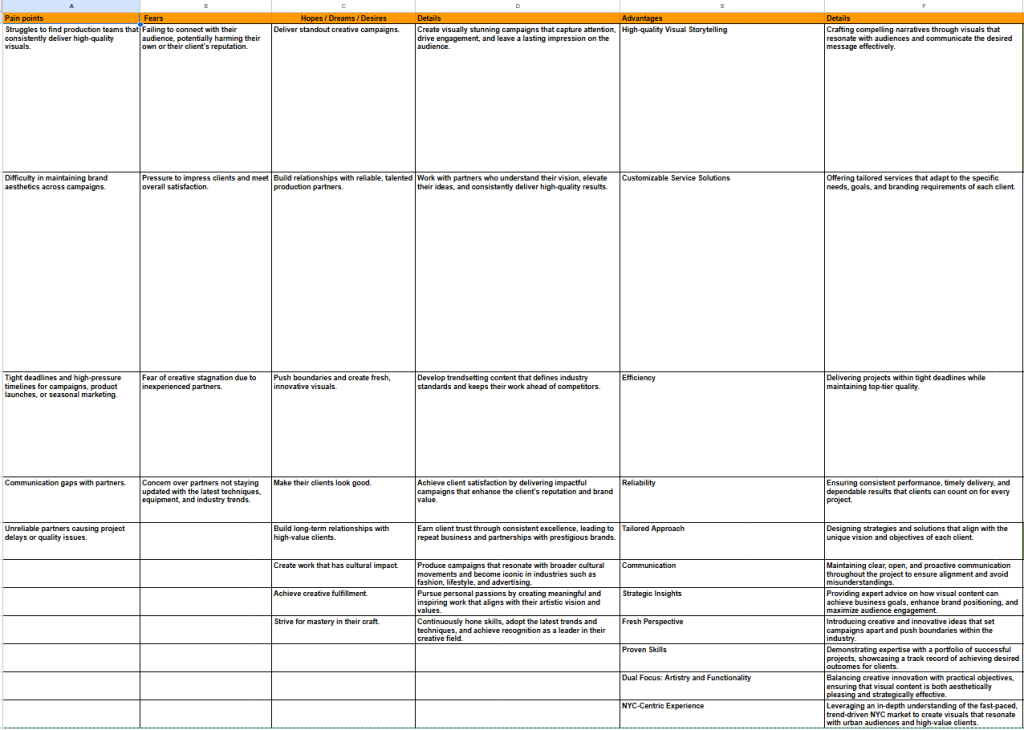

The success of this campaign was rooted in a deep understanding of the target audience. Here’s how the process was structured:
- Defining the Target Audience: Christian’s ads focused on business owners and commercial directors. Broad demographics were excluded to maintain precision and relevance.
- Developing Ad Copy: The ad copy addressed specific audience needs, emphasizing:
- The importance of professional branding.
- The convenience of working with a local photographer.
- The value of additional backstage content.
- Designing Ad Visuals:
- High-quality collages showcased Christian’s work effectively.
- The unique offer was clearly highlighted in bold CTAs.
- Implementing A/B Testing: Multiple ad variations were tested to identify the most effective combinations of visuals and copy.
Detailed Steps to Creating a Facebook Ad Campaign fop Commercial Photographer
Developing a successful Facebook Ads campaign for commercial photographers involves multiple stages. Here’s a detailed breakdown of the process used for Famos Productions:
- Setting Clear Objectives:
- The campaign was designed with the “Lead Generation” objective to capture inquiries directly through Facebook.
- Customizing Audience Targeting:
- Geo-targeting was meticulously restricted to a single neighborhood.
- Demographic filters focused on business professionals, ensuring ads reached the most relevant audience.
- Designing Captivating Ads:
- Collage visuals highlighted Christian’s portfolio in an engaging format.
- Ad copy included solutions to common client pain points, such as improving brand imagery and convenience of local services.
- Building a Lead Capture Form:
- A straightforward form was designed to collect essential client information, including name, business type, and contact details.
- Optimizing Budget and Bidding:
- The budget was strategically allocated to maximize reach within the target area while maintaining cost-efficiency.
- Monitoring and Refining:
- Real-time analytics were used to track ad performance and make necessary adjustments to enhance results.
Achieving Long-Term Clients with Minimal Investment
In just one month, Christian’s campaign delivered remarkable results. For slightly over $100, he secured long-term collaborations that significantly boosted his business. By leveraging geo-targeting, visually compelling collages, and a unique offer, HYPE Hyperion demonstrated the potential of Meta Ads to drive tangible outcomes even for small photography businesses.
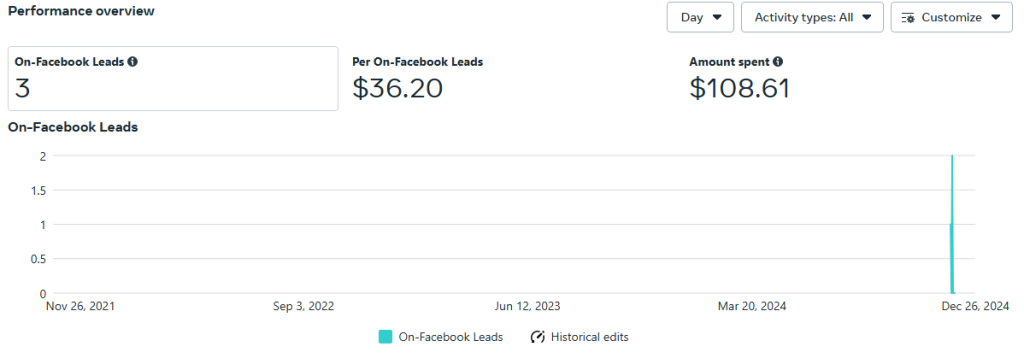
Through careful planning and a thorough understanding of the target audience, this campaign highlights how effective advertising can transform opportunities for photographers. With the right strategy, tools, and expertise, businesses can achieve substantial growth and establish enduring client relationships.









